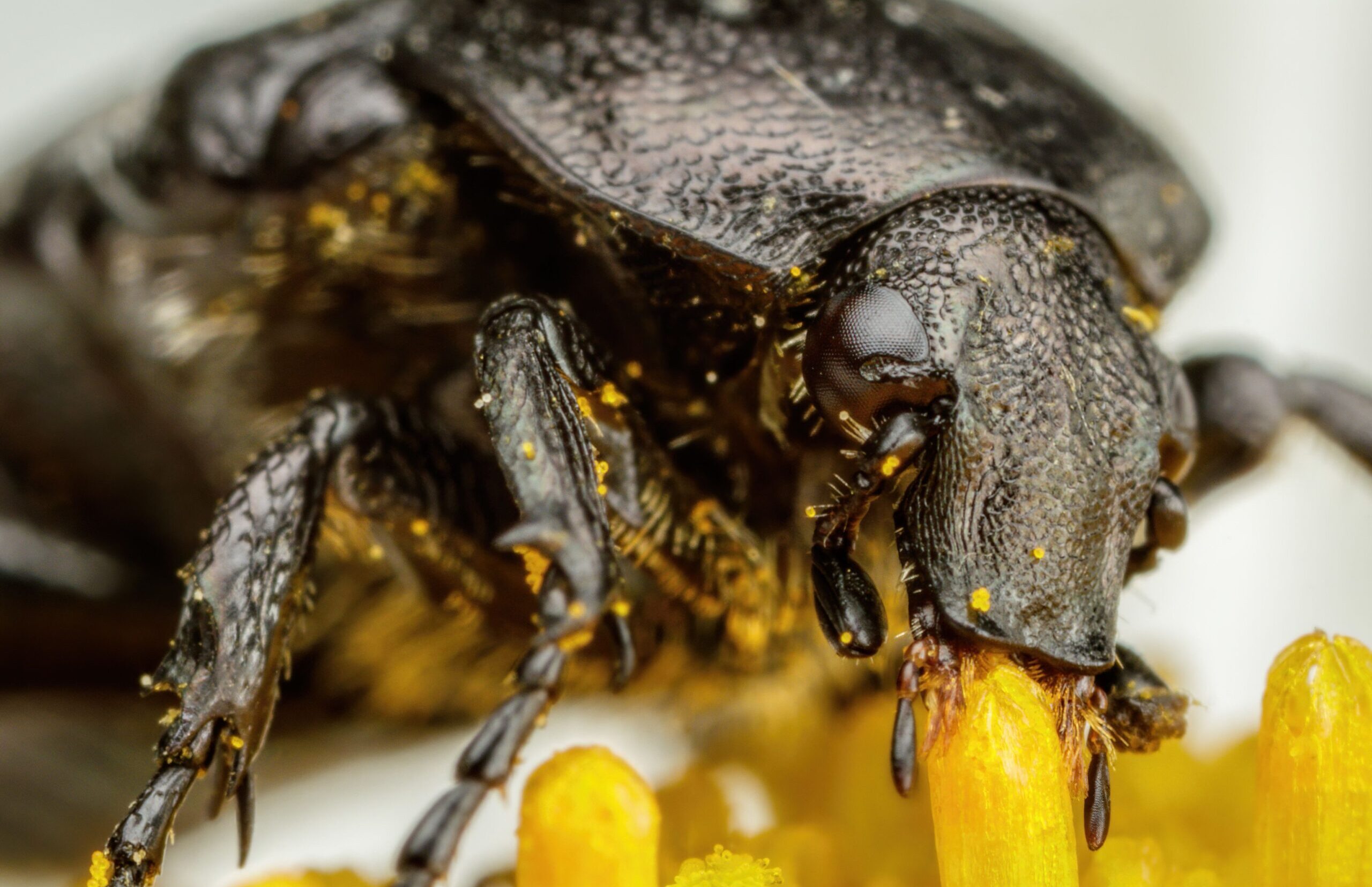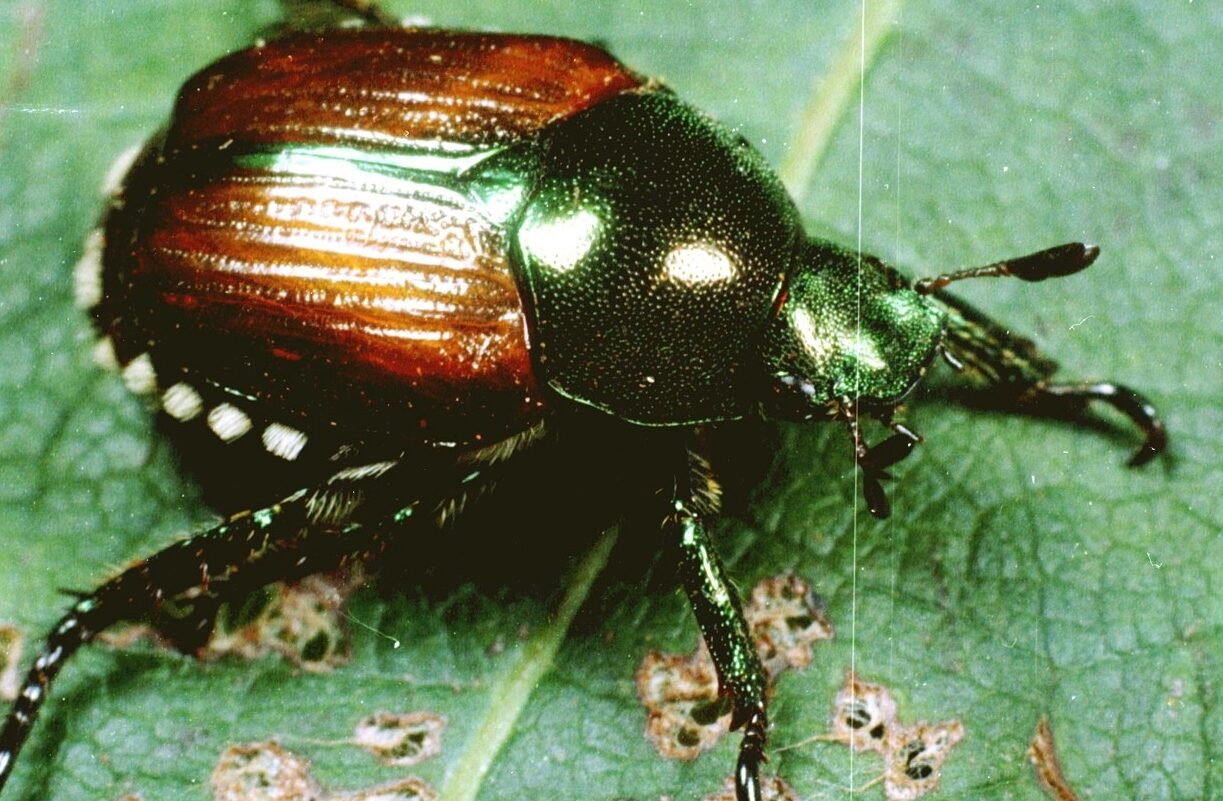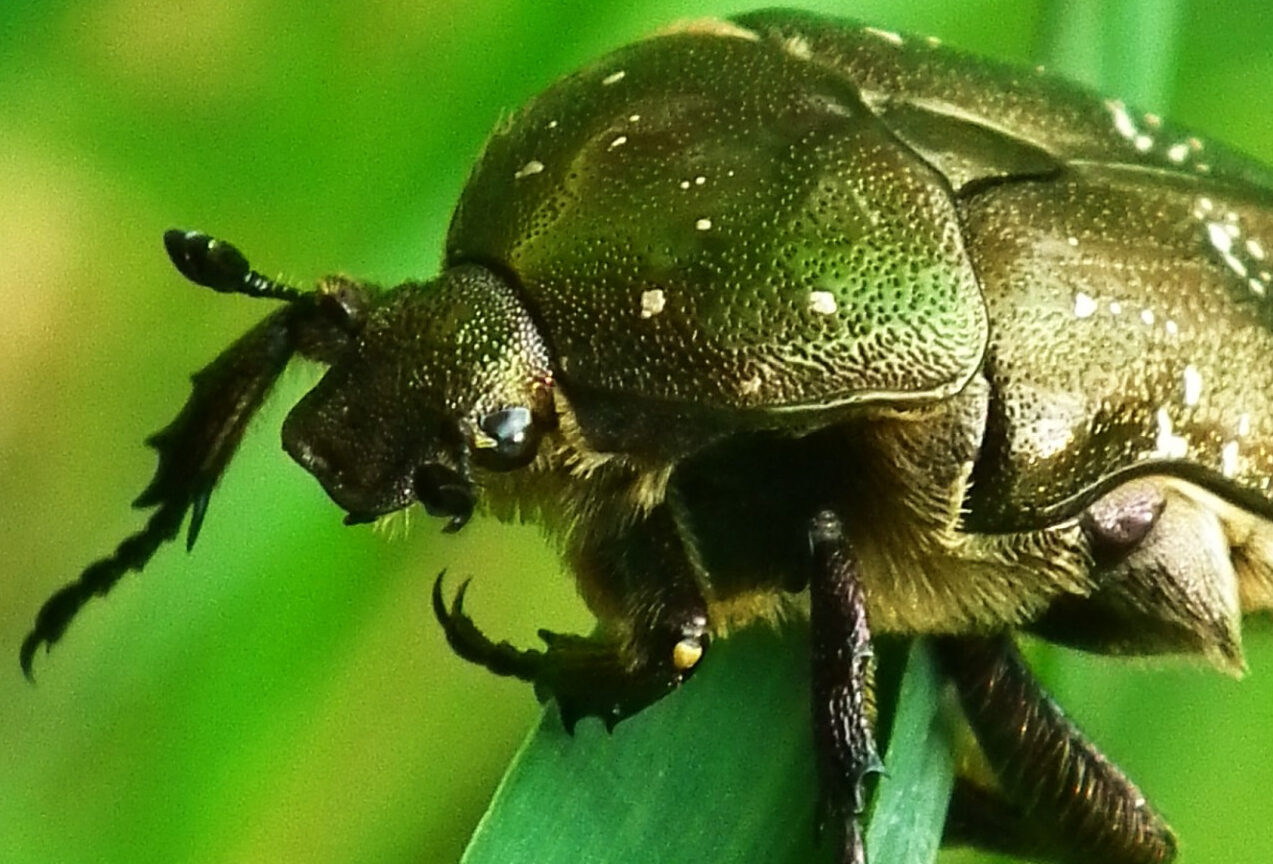
In recent years, the European Chafer Beetle (Rhizotrogus majalis) has emerged as a significant pest in various regions of British Columbia, including the Lower Mainland, Vancouver Island, and the Okanagan Valley. Originally from Europe, this invasive species has found a hospitable new home in BC’s mild climates and lush lawns, causing widespread concern among homeowners, municipalities, and agriculturalists alike. This article delves into the impact of the Chafer Beetle infestation and explores the various strategies being employed to manage this pervasive pest.
Understanding the Chafer Beetle
The European Chafer Beetle is a small, tan-colored beetle that, unlike its native counterparts, has proven to be particularly destructive in its larval stage to lawns and grassy areas. The females lay their eggs in the soil during the summer, and upon hatching, the grubs begin to feed on the roots of grasses. This feeding frenzy continues into the fall and resumes in the spring, leading to significant damage to lawns, parks, golf courses, and agricultural lands. The visible signs of Chafer Beetle damage include brown, dying patches of grass that can easily be lifted due to the destruction of the root system.

Geographic Spread and Impact
Geographic Spread and Impact
Initially detected in New Westminster in 2001, the Chafer Beetle has since expanded its range across the Lower Mainland, Vancouver Island, and into the Okanagan Valley. The combination of lush, irrigated lawns and the region’s mild winters have facilitated the beetle’s proliferation. The damage is not only aesthetic but also ecological, as the weakened lawns become more susceptible to weed invasions and erosion. Moreover, the presence of chafer grubs attracts predators such as raccoons, birds, and skunks, which exacerbate the damage by digging up the turf to feed on the grubs.

Management Strategies
Management Strategies
- Cultural Controls: Implementing cultural control methods, such as ensuring lawn health via appropriate fertilization, aeration, and mowing, along with over-seeding with durable grasses or chafer-resistant options like micro clover, stands out as a highly effective strategy against Chafer Beetles.
- Biological Controls: The use of biological controls, such as introducing natural predators like Heterorhabditis bacteriophora nematodes and Bacillus thuringiensis (Bt), to combat Chafer Beetles by targeting their larvae, has become increasingly popular, showing varied success rates.
- Chemical Controls: In many British Columbia municipalities, restrictions on chemical pesticides due to health and environmental concerns limit their use; however, where allowed the application of insecticides like imidacloprid or chlorantraniliprole is possible, provided it is done timely and in compliance with local laws.
- Community Efforts: Combating the Chafer Beetle requires a collective approach, involving community-wide strategies like coordinated treatments and chafer-resistant landscaping, as well as public education on lawn care and urban biodiversity to curb its spread.
The invasion of the Chafer Beetle in British Columbia’s Lower Mainland, Vancouver Island, and Okanagan Valley represents a significant challenge to the maintenance of healthy lawns and ecosystems. While there is no silver bullet for controlling this pest, a combination of cultural, biological, and, where appropriate, chemical management strategies, coupled with community engagement, offers the best hope for mitigating the damage caused by the Chafer Beetle. As research continues and new methods are developed, the resilience and cooperation of affected communities will remain key to overcoming this invasive species.


